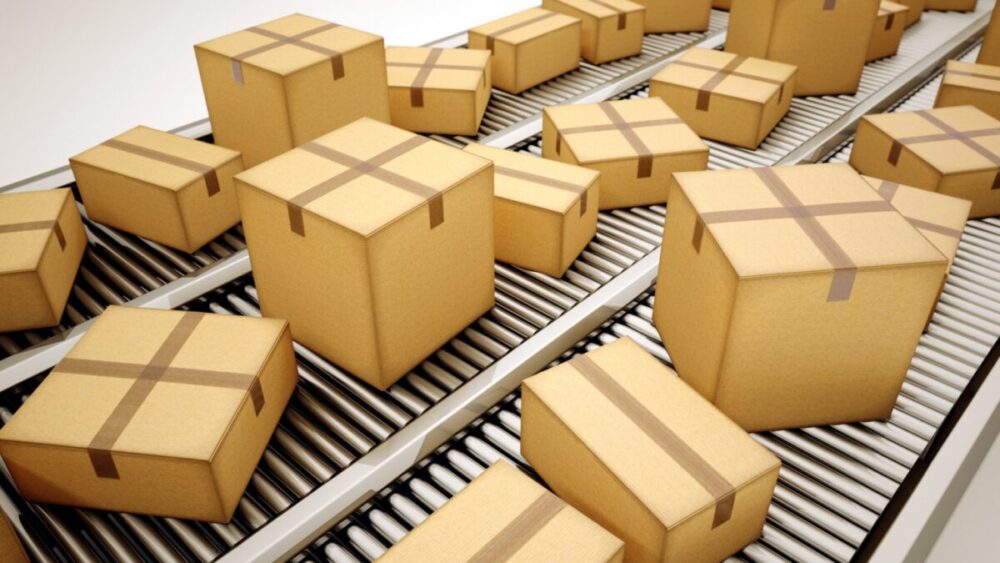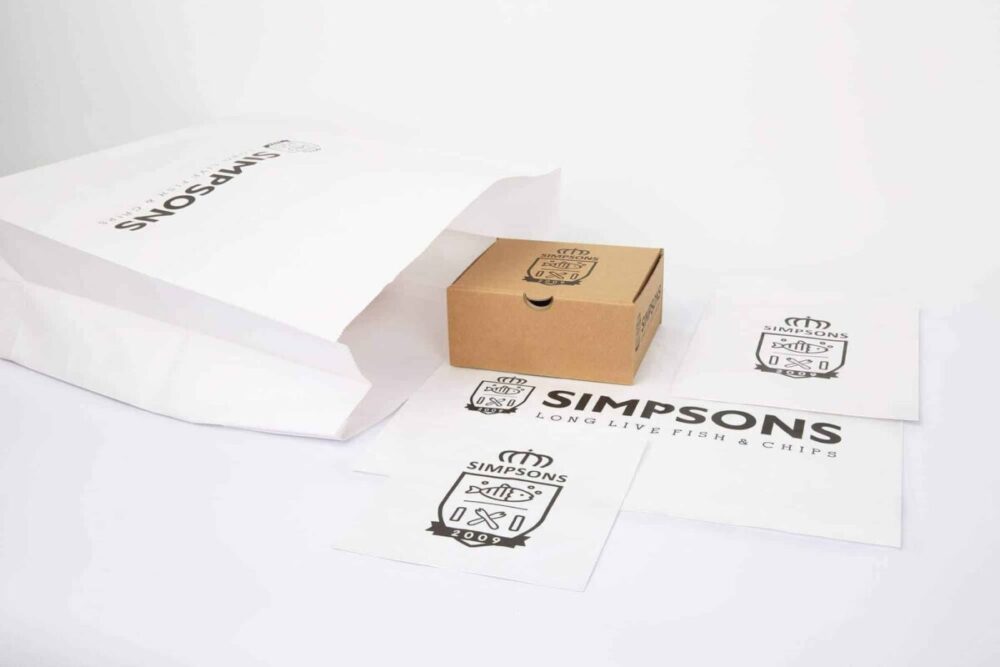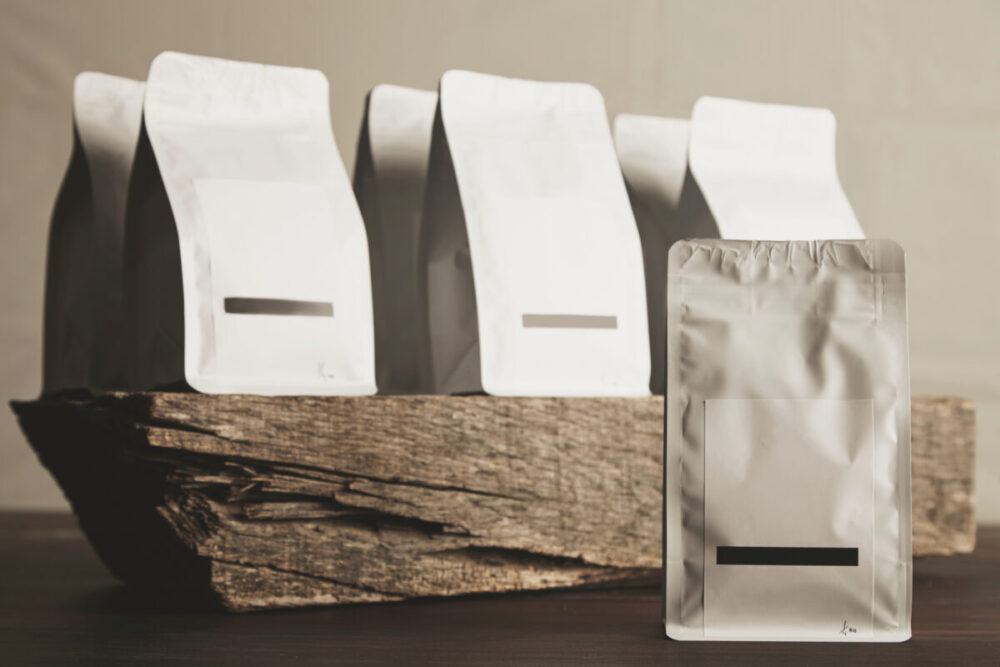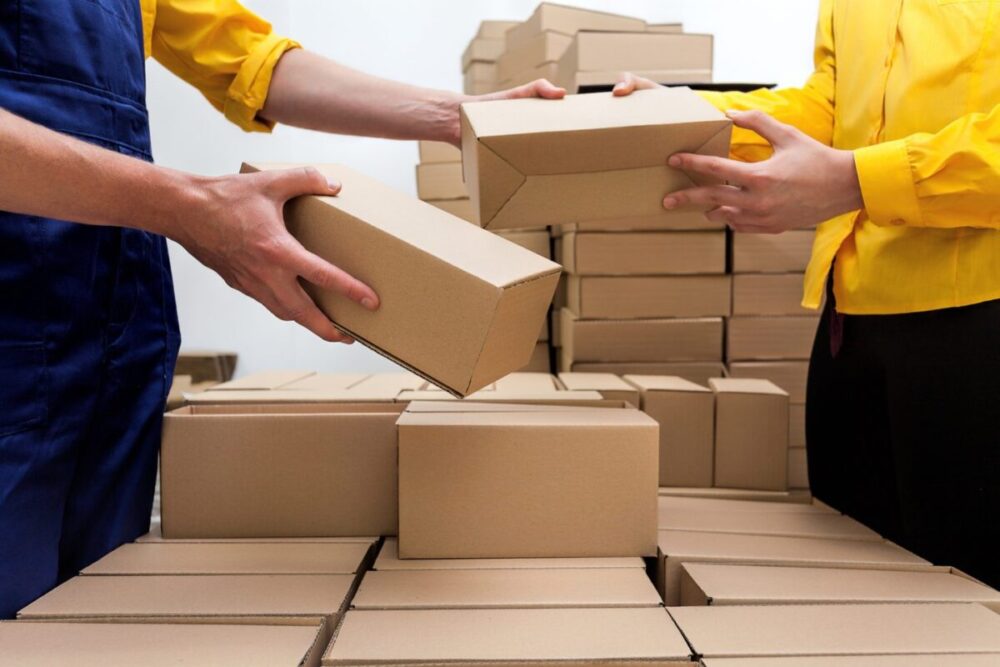From a business point of view, packaging can become a fairly effective marketing tool, since in addition to keeping our customers loyal, it can attract future consumers. We know that it is one of the most important instruments that supports the company in achieving its objectives, it is the first physical contact they have with our business. It acts as a silent vendor and its graphic design, supported by structural design, is a decisive factor.
When we think about buying cardboard boxes, we are unaware that there are a wide variety of options to customize them to our liking. For this we must choose an appropriate packaging design, since it will be the first image that defines us.
Packaging trends

Brands seek to offer consumers experiences through packaging that generates a long-term connection. In packaging, visual and conceptual trends seek to connect with consumers, speak their language, understand their wishes and position products as the solution to needs not satisfied by the current market. Consumers are now looking for easy-to-handle packaging that fits into the lives of busy people. The expectation that has arisen in the consumer’s mind is that brands sell more than products. In some cases, brands sell purpose, a state of satisfaction of the mind, experiences, trust or social connection.
Reasons why it is important

1. Fast and reliable classification
It helps to quickly inform the consumer of what they are looking for and buying, placing it in a category that generally each of them has an established code that helps in this mission. You must know and be aware of these category codes, such as colors, materials, shapes, sizes, among others.
When designing these codes can be changed or used. Some of these codes that allow easy location are: glass bottles for wine, folding bottles for cereal, plastic bottles for shampoo or pressed cardboard boxes for eggs. But, if you want to innovate by appropriating packaging materials other than your own category, it is recommended that there be a strategy and a reason for being that justifies it and is accompanied by graphic and communication elements that minimize the possibility of confusion. Or you can go with increasingly popular window boxes. Visit quickboxespackaging.com to see how window boxes look like.
2. Accurate location
Packaging also has the mission of being an aid to navigation within a shelf so that a buyer can find and identify exactly what they are looking for quickly. It is in charge of communicating in a matter of seconds the differences between the alternatives of products of a category.
It is one of the missions of packaging to recognize the different brands, their flavors or their fragrances and special product lines in a simple way, and it is the responsibility of the brands to establish the strategy that facilitates this process through color, shapes, materials, the sizes, the structures, the typography and the location of the packaging elements.

3. Brand expression
After protecting the product, the most important mission is the brand expression. All brands, without exception, are obliged by the competitive environment to define their “intentions” (read positioning, attributes, personality, purpose, equity, style, territory, etc.)
Branding has developed a wide variety of tools that allow companies to develop brands that connect with consumers on an emotional level, almost as if they were family or friends. Large companies know this and apply it, and whoever does not consciously compete at this level has no opportunity to grow. Brands that do not represent something significant tend to lag behind.
Packaging is, therefore, the quintessential brand expression, especially in consumer products. You must intentionally express the communication that the company wants to convey, based on what your brand represents. This can be naturalness, status, joy, seriousness, or infinite words or concepts that are built into the strategies of each brand.
4. Show the value of the product contained
Showing the product behind transparent materials is usually a good idea, but not always possible. It all depends on the product, for example, in the food industry it is not recommended to show frozen products for their appearance. In these cases you can invest in a good photograph. For products that are not food, the protagonist is not necessarily the article (in medicines, for example). In these, the protagonist may be the benefit, the brand or the communication strategy. Whatever it is, it is always better that the front panel has a single leading element and ideally that it is in charge of showing the added value of what is inside.

5. Information and knowledge
Both in the digital and analog worlds, packaging has the mission of providing information and knowledge to the consumer and the distributor. Some of this information is mandatory and of careful care, since it is necessary to comply with regulations and legal requirements. The truthfulness of the content of the nutritional tables, of the ingredients, of the expiration dates, of the barcode, etc. must be ensured. On the other hand is related to its characteristics; such as the font size, location and distance within the panels, in addition to its readability.
It is very important that this packaging mission is not basic. Sometimes, in the eagerness of companies to count a lot, (organic, light, preservative-free, gluten-free, sugar-free, with fiber, Colombian product, longer duration, etc.), they turn the main face into a confusing element, which it disperses attention and does not generate the desire to buy. The side or rear faces are ideal for putting all the performance information of the product. The front face must be the one used for the positioning (differentiation) or brand strategy.
Most common materials

Currently there is a wide range of materials for product packaging and there will always be one that best suits your transportation and price needs.
Paper: it is an easy to handle and flexible material, although it is neither durable nor resistant. One point in its favor is that it is recyclable.
Cardboard: it is the star of the industry and one of the most used. It is very resistant and its price is very competitive. It can be made in many sizes, shapes, and designs. Cardboard boxes are easy to store so make sure to visit here and find custom cardboard boxes that you will place where you need them without effort.
Wood: it is an excellent material. It is strong and can be reused, but in several countries, there are restrictions on its use. There are laws against logging.
Plastics: They are generally very easy to transport and clean. It is a strong material because it withstands shocks and rough handling well. It can be reused in most cases. Its disadvantage is that polyethylene requires a special process to be reused. It is not ecological.
Conclusion
The objective of it is to achieve a permanent commercial link between a product and its consumer, which must be beneficial for both. That is why meeting each of the requirements so that it can arrive in good condition, will increase the potential of any company.





